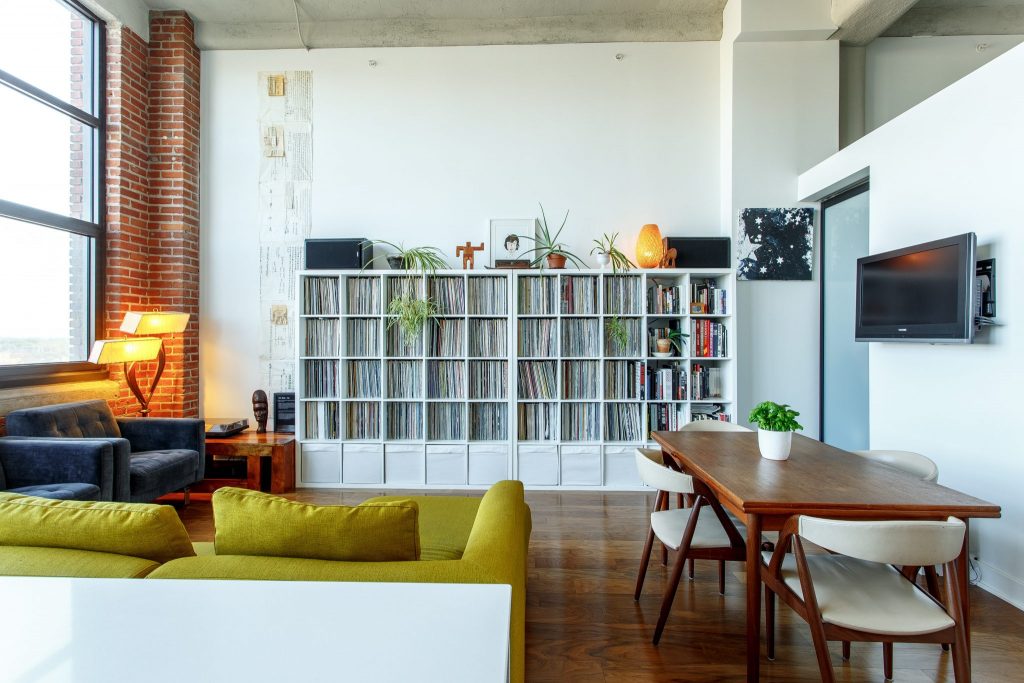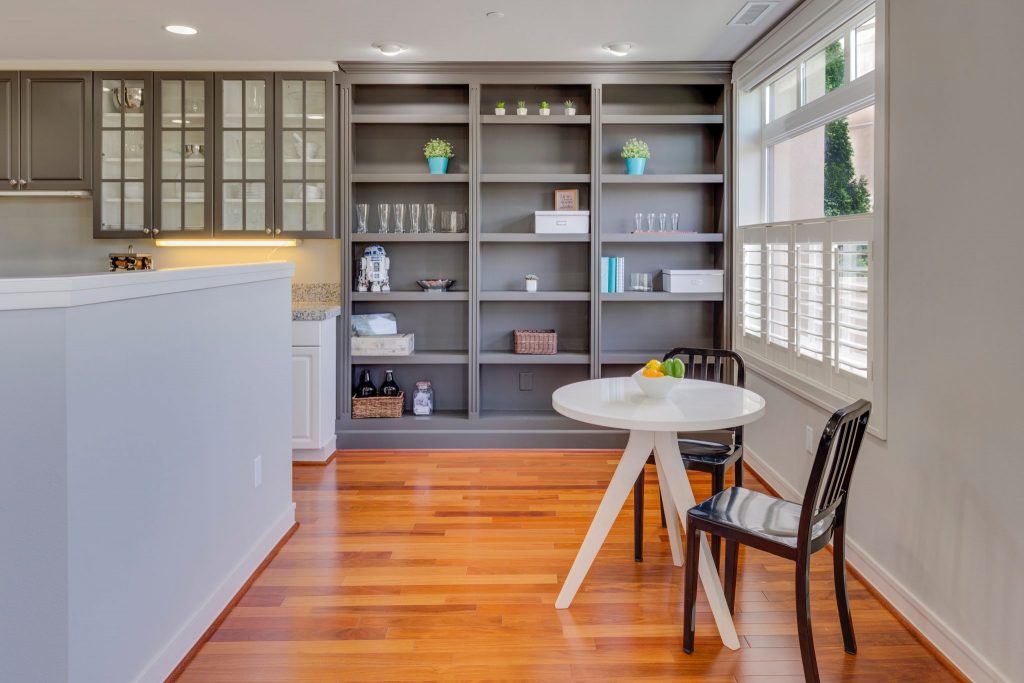
More rooms can equal more space and more value, at least in theory! If you have enough space to do so, creating extra rooms can be great for organisation or just that extra room you’ve been wanted for your projects. The best news is you don’t need to invest in an expensive home renovation to achieve it. A dividing wall can transform any open space into several functional, private, and aesthetically pleasing areas. Whether you’re looking to create a home office, separate living and dining areas, or simply add something different and new to your interior; dividing walls offer a practical, versatile and (most importantly) affordable solution.
Maximising Space
Creating functional zones within a single room can significantly enhance the usability of your living space. Dividing walls are an excellent way to achieve this, by assigning specific areas for different activities without the need for full-scale renovation.
- Home Offices – With the rise of remote work sparked by the pandemic, having a dedicated workspace has become essential. A dividing wall can carve out a quiet corner for a home office, allowing for better concentration and productivity.
- Living and Dining Areas – In open-plan homes, dividing walls can create distinct living and dining spaces. This separation not only improves the flow of the room but also allows for more tailored decoration and functionality in each area.
- Children’s Play Areas – For families with young children, a dividing wall can create a designated play area, keeping toys and activities contained and making the main living area more organised and adult friendly.

Tools for Installing Dividers
Installing dividing walls requires the right tools to ensure a smooth and professional finish. Here are some essential tools for the job, including the versatile rotary tool:
- Rotary Tools. A rotary tool is invaluable for tasks such as cutting, sanding, and grinding. Its versatility makes it ideal for detailed work like cutting out sections for electrical outlets or smoothing edges.
- Drill and Drill Bits. Essential for creating holes for screws and anchors, drills are a must-have for attaching the divider securely to walls and floors.
- Saw. Depending on the material, a handsaw or circular saw is necessary for cutting panels to the desired size and shape.
- Level and Measuring Tape. These tools ensure that your divider is installed straight and at the cor-rect height, preventing misalignment and uneven installation.
- Screwdriver or Power Driver. For assembling and securing the divider, screwdrivers or power drivers are essential for tightening screws efficiently.
- Stud Finder. Useful for locating studs in the wall, ensuring that the divider is attached to a secure part of the structure. It is possible to find wall studs without a stud finder but we wouldn’t recommend it.
- Sander: For wooden dividers, a sander helps smooth surfaces and prepare them for painting or staining.
- Clamps. Clamps hold panels in place during cutting and assembly, making the installation process more manageable and precise.
It can be pretty straight forward if you know what you’re doing and have the tools to do so. Lots of these are items you likely already have. So investing in a few extra bits can help you maximise your home space and potentially even add value to your home! Alternatively, you can get a professional in to do the job. It can be pretty quick and have minimal disruption on your home, so you’ll be ready to get creative in your new space before you know it.
Hopefully this was helpful!
LL x
*This is a contributed post. As ever, all opinions are my own.
Leave a Reply